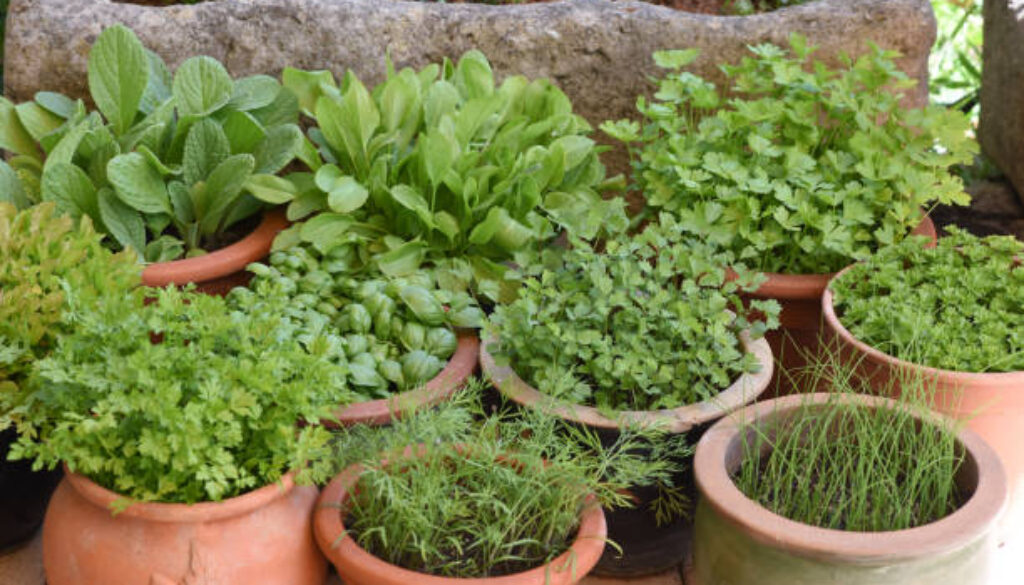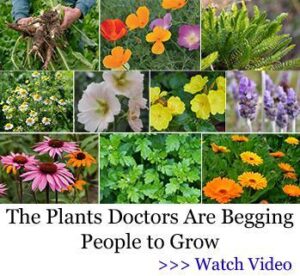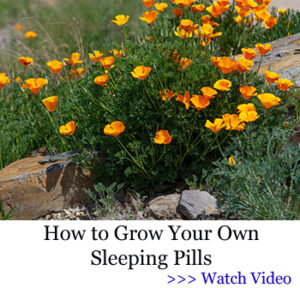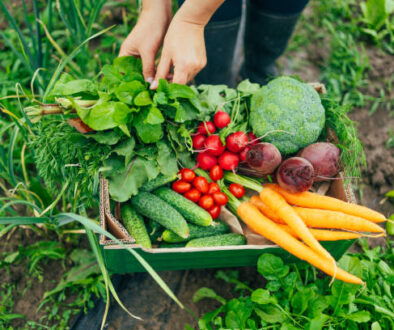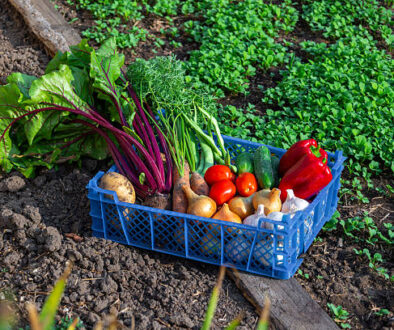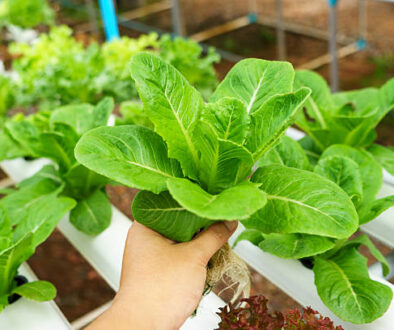Why You Should Have a Medicine Garden in Your Backyard
This post may contain paid and/or affiliate links. I may earn a small commission at no extra cost to you.
Imagine walking outside your door and picking fresh leaves to soothe a headache or calm an upset stomach.
That’s the power of having your own medicine garden right at home.
When you grow a healing herb garden, you’re not just planting greenery; instead, you’re creating a natural first-aid kit.
A herbal medicine garden saves you trips to the store, while giving you access to safe, time-tested remedies.
And, caring for medicinal plants can feel calming and rewarding in itself.
Building a medicinal herb garden in your backyard is simpler than you might think, and it’s one of the best ways to take health into your own hands.
Related:
- The Most Important Plants That Are Probably Missing From Your Backyard (Medicinal Plants)
- Mistakes to Avoid When Growing a Medicinal Herb Garden at Home
- How to Create a Peaceful Healing Garden Filled with Medicinal Herbs As a Beginner
The Benefits of a Medicine Garden
Growing a medicine garden gives you more than pretty plants; it also gives you freedom.
Instead of running to the pharmacy for every minor issue, you’ll have gentle, natural remedies within reach.
Think about it: a simple tea from chamomile can help you sleep, peppermint can ease digestion, and aloe vera can cool a burn.
Isn’t it better when you know exactly what went into those leaves?
On top of that, tending your garden lowers stress.
The fresh air, the movement, the earthy smell of soil—it’s like therapy, but cheaper.
And let’s not forget the money you’ll save by skipping expensive store-bought products.
Popular Plants for Your Healing Garden
So, what goes in a healing herb garden? You don’t need dozens of varieties to start.
A handful of powerful plants can cover most of your daily needs.
Aloe Vera
This one’s a superstar. Slice open a leaf, and you’ll find a natural gel that helps with burns, sunburn, and skin irritation.
Keep it near your kitchen, because accidents happen.
Peppermint
Fresh, cooling, and easy to grow, peppermint works for stomach upsets and headaches.
Plus, it smells amazing when you brush against it in the garden.
Chamomile
Those tiny white flowers pack a punch. Brew them into tea to help with sleep and relaxation.
They’re also great for calming irritated skin.
Lavender
Beautiful and practical, lavender helps with stress, anxiety, and even sleep troubles.
Bonus: bees love it, so your garden will thrive.
Echinacea
You’ve probably seen echinacea supplements at the store, but why not grow your own?
It’s well known for boosting immunity and helping the body fight colds.
How to Start Your Own Herbal Medicine Garden
Getting started doesn’t need to feel overwhelming.
Here’s how you can build your herbal medicine garden step by step.
Step 1: Pick the Right Spot
Choose a sunny area in your backyard. Most medicinal plants love full sun and well-drained soil.
Got a shady yard? Don’t worry—plants like mint and lemon balm will still thrive.
Step 2: Plan Your Layout
Keep things simple. Start with 4–5 plants you know you’ll actually use.
Place taller ones, like echinacea, in the back and shorter herbs, like chamomile, in front.
Step 3: Prepare the Soil
Healthy plants need healthy soil. Mix in compost or natural fertilizer before planting.
Trust me, it makes a huge difference in how your garden grows.
Step 4: Plant and Water
Plant your herbs according to their needs. Some like drier soil (lavender), while others need regular watering (mint).
Learn their personalities—it’s part of the fun.
Step 5: Harvest and Use
Snip leaves and flowers as needed, but don’t take more than a third of the plant at a time.
This way, your garden keeps giving all season long.
Everyday Uses for Medicinal Plants
So you’ve planted your garden—now what? Here are some practical ways to put those herbs to work.
- Headaches → Rub peppermint oil (diluted) on your temples.
- Anxiety or Stress → Brew lavender tea or simply inhale its calming scent.
- Indigestion → A quick peppermint tea can settle your stomach.
- Cuts and Burns → Apply fresh aloe vera gel directly on the skin.
- Trouble Sleeping → A warm cup of chamomile tea before bed works like magic.
These remedies aren’t just old wives’ tales—many are backed by centuries of traditional use and modern studies.
Tips for a Thriving Medicinal Herb Garden
Want your medicinal herb garden to flourish? Follow these simple tips:
- Start small. Don’t plant too many herbs at once. It’s easier to care for a few and expand later.
- Harvest often. Picking leaves actually encourages plants like basil and mint to grow fuller.
- Label everything. Herbs can look alike, and you don’t want to confuse them.
- Dry extras. Don’t let herbs go to waste—dry them for teas or make oils and salves.
- Keep pests away naturally. Marigolds and basil deter insects, and they make the garden look beautiful, too.
Why This Matters for Your Health
Having a healing garden isn’t just about saving money or adding pretty plants.
It’s about taking an active role in your health.
When you grow your own herbs, you know they’re fresh, chemical-free, and safe.
And doesn’t it feel good to grab a handful of lavender instead of a bottle of pills?
A medicine garden also connects you to traditions passed down for generations.
People across the world have always relied on plants for healing.
By growing your own, you’re continuing that story in your backyard.
Conclusion
Building a medicine garden is more than a hobby—it’s a lifestyle choice.
You’ll care for your body naturally, connect with the earth, and enjoy the simple pleasure of growing something useful.
From soothing teas to skin-healing gels, these plants make everyday life easier and healthier.
So why not give it a try? Start small, learn as you grow, and enjoy the benefits right outside your back door.
FAQs
- Do I need a large backyard to grow a medicine garden?
Not at all. You can start small with containers on your porch or balcony. Herbs like mint, chamomile, and lavender do great in pots. - Are medicinal plants safe for everyone to use?
Most are safe, but always do your research. Some herbs can interact with medications or may not be suitable for kids or pregnant women. When in doubt, check with a healthcare professional. - How long does it take for plants in a medicinal herb garden to grow?
It depends on the plant. Herbs like mint and basil grow quickly within weeks, while others, like echinacea, may take a season to fully mature.
4. Can I use fresh herbs directly, or should I dry them first?
Both work. Fresh herbs are great for teas and skin treatments, while drying helps preserve them for long-term use. Many gardeners do a mix of both.
